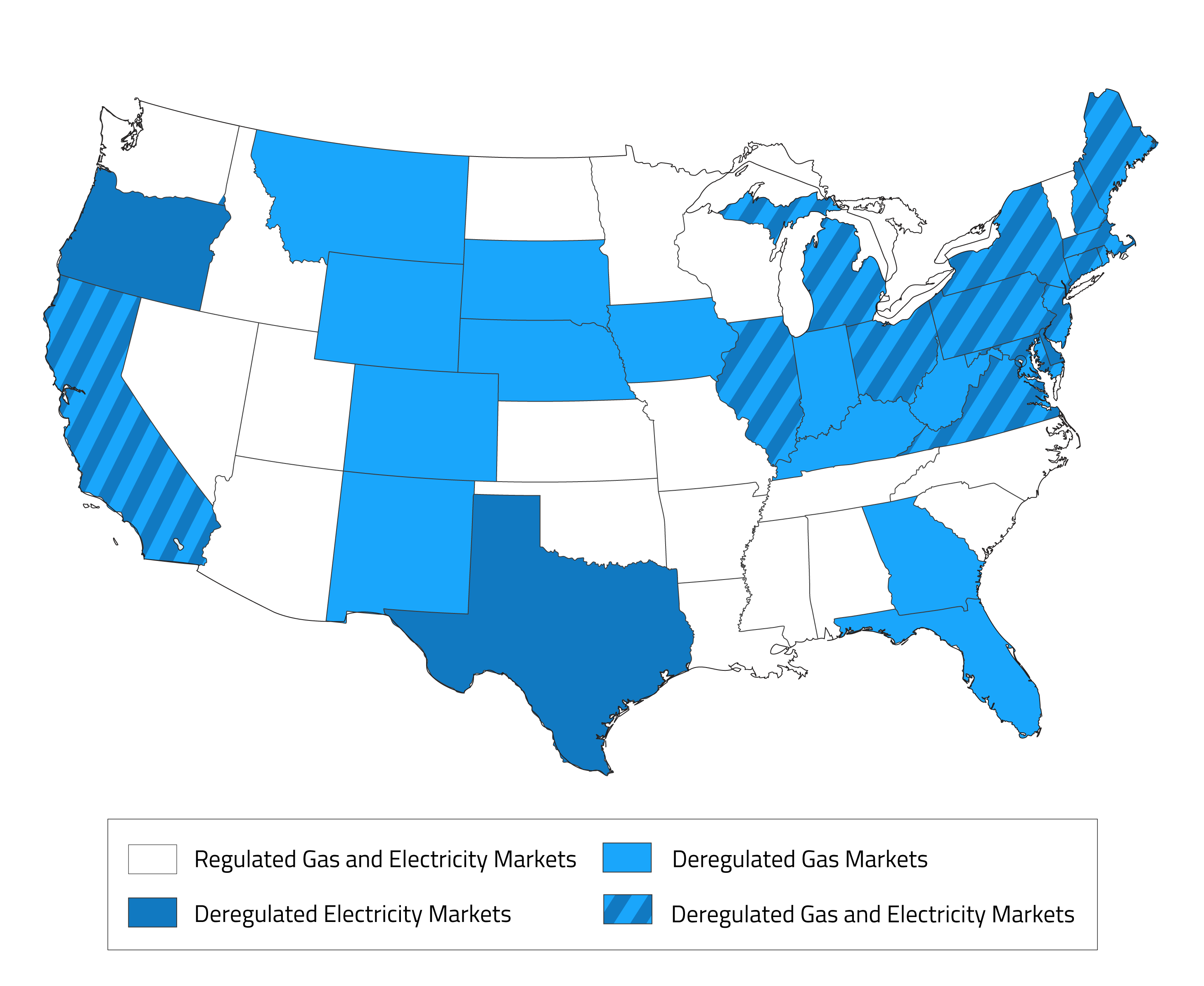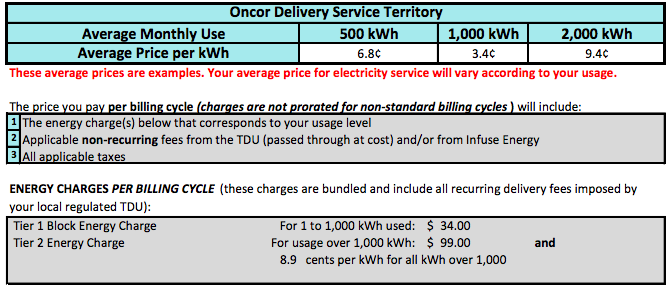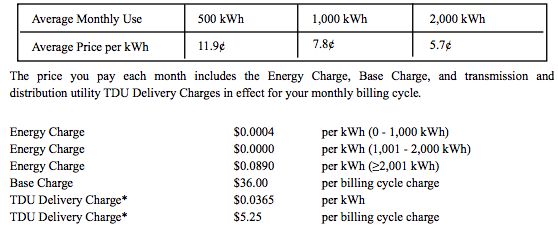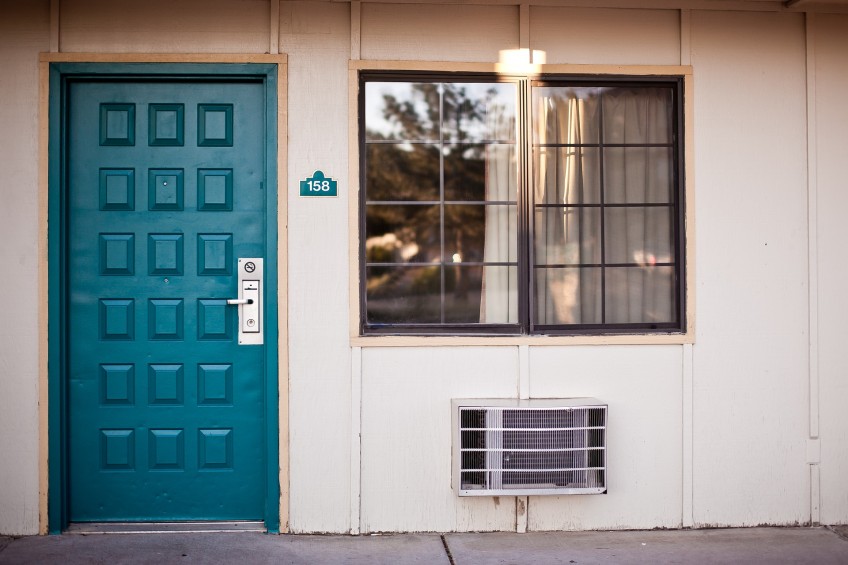Introduction
Many states allow you to choose the best electricity provider for your home. Here’s how to get cheap electricity by comparing the best rates!
Step by step
Choosing an electricity plan is a confusing task if you’re not sure what a good plan looks like. If you choose one that doesn’t match how much electricity you use and when you use it, you can end up paying a lot more than you should. However, with a little know how you can save 10-30% on your annual electricity cost!
Here’s step by step instructions to picking the right plan.
A few basics…
When talking about choosing your electric provider, customers are often confused about who these companies are and what they are providing. Can choosing a bad provider put you at greater risk of losing your electricity in an emergency? Who owns the wires and meter?
The actual utility infrastructure is owned and maintained by central utility companies. You are not able to change this by changing your electricity retailer. Here in North Texas where Propsee is based, most areas are serviced by Oncor. Oncor owns and maintains the “transmission and distribution” (T&D) of power, including lines and meters. You do pay them, but it isn’t really a negotiable item. Some plans will have a fee built in as a line item that you can easily see to pay for these T&D charges, while others incorporate it in to the other charges and reimburse the utility behind the scenes.
What you are buying when you choose an electricity provider is the “commodity”. This is the kilowatt hours (kwh) that are consumed. In a deregulated market (more on that in a minute), this commodity is traded freely and various retailers are able to structure plans and secure contracts for these kwh. They make money by buying cheaper (wholesale) than they are selling (retail). A lot of factors go in to the price of a kwh, including the length of the contract, time of day/year it is used, and other factors. Retailers normally structure consumer plans that fit different usage patterns and purchase contracts to match.
There’s no risk that if you go with a certain retailer vs. another that the quality or dependability of your power will be any different. What you do have to watch for is the quality of customer service. It is fairly easy for a company to get in to this business and many of the bargain basement providers will have lousy websites, poor customer service, erratic billing, etc. That being said, electricity is just a commodity so consider checking some reviews on the companies but don’t worry too much about your provider. Big companies will try to scare you with horror stories, but most of the time you’ll be fine with a smaller, cheaper company.
Also be aware that in recent years there have been some multi-level marketing approaches to electricity sales via companies like Ambit energy. In our experience, these are rarely the lowest cost. Many offer rewards for referring others and getting them signed up, which could discount your monthly bill, or offer prizes like cruises and such. However, you are definitely paying a premium for these “benefits”. Our opinion is to stay away 99% of the time. Save your money on a low-cost plan from a good provider and buy a cruise with the cash you saved at the end of the year…
The goal for you as a homeowner is to find the plan that best fits your need so you can get the lowest cost while maintaining reasonable service, which is what this tutorial is all about! Here’s the steps:
- Verify Eligibility
For each step of this process, we've created a video to help you out. Here's the first one on verifying your elegibility:
In order to choose your electricity plan you need to be in a “deregulated” market. This is typically governed by state. Below is a map of states that are deregulated and allow you to choose your own electricity provider:

Image courtesy of Electricity Choice
If you’re wondering why your state isn’t on the list, it goes back to the early days of electricity distribution. Utilities were regulated to ensure that they serviced rural areas and not just the more lucrative populated markets. Now that almost all areas have service this regulation isn’t required in most locations, but there has been pushback to making the service fully competitive (deregulated) so about 2/3 of states have not yet deregulated.
Sometimes, just because your state is a deregulated market doesn’t automatically mean you will be able to choose your own electric plan. Some towns or small regions are in co-op programs that require you use a certain provider at a certain price. The good news is that these programs are normally very price competitive to the broader market, but if you are in a restricted co-op you won’t be able to choose your own provider.
- Determine How Much Electricity You Use
In order to choose the best plan, it is critical that you have a good estimate of how much electricity you’ll use for each month throughout the year. This is the single most important set of data to making a wise purchase decision. The unit of measure will be kilowatt hours (kwh). Think of this as how many miles you’ve driven in your car or gallons of water you used to irrigate your lawn.
You likely have quite a swing in your electricity consumption from month to month. This is mostly dependent on your heating system fuel type. If you have electric heat in a cold climate, your Winter bills are likely higher than your Summer bills. If you live in Texas and have gas heat, your Summer bills may be 3-4x your Winter bills. If you have a heat pump system you may find your consumption to be nearly flat throughout the year.
Finding your usage history
Your current electric provider likely has a history of your usage for as long as you have been with them. If you log in to your online account, you should be able to see this in a graphical form. Many also have what is called the “Green Button” data that allows you to download all the history to Excel. You can read more about this process here.
If you can’t get your usage history from your current retailer, you might be able to get it from your meter provider. Here in Texas, we have a service called www.smartmetertexas.com that allows users to log in (you need to know your meter number and some other information from a current electric bill) and access detailed information right down to your consumption throughout different times of the day!
Once you have this information, we’d recommend you put it in an Excel format by month. An example is below. If you have multiple years, use the average for each month unless there is a reason that one year would have been really different from another (e.g. you were working from home and now you aren’t).
Because we want to compare the impact of various usage levels, we've shown the usage as 1x, 2x, and 3x to represent different size homes.

- Think About When You Use Electricity
Electric grids are required by law to have enough capacity to provider power to everyone that needs it, even during worst case scenarios. Given that so much electricity is consumed for air conditioning in commercial buildings, this “peak demand” scenario is almost always during the Summer months, late afternoon, during a weekday.
Because of these high demand times, the utility must have generation capacity available. However, during the nights and weekends this capacity is sitting vacant. The basic law of supply and demand therefore dictates that electricity is much cheaper to buy at night and on the weekends than during the day. It is kind of like when cell phone companies used to offer “free nights and weekends” for cellphone minutes. They had the infrastructure there anyway, so they wanted to incentivize people to do their personal calls during off-peak hours.
So how does this impact your electricity plan?
In recent years, many retailers in deregulated markets have begun offering deeply discounted or even free night and/or weekend electricity. These are called “time of use” (TOU) plans and can be really good or really bad, depending on when you use electricity. Let’s look at a few examples.
Example 1 – a single professional who is gone from 7am-7pm, M-F
Example 2 – a family with a stay at home mom and small kids
Example 3 – a work from home professional
Of the above examples, which do you think would benefit most from a free night and weekend plan? Example 1! Assuming this professional allows their heating or cooling to adjust down/up when they are away, they will have relatively low usage during the day and more usage on evenings and weekends. This may lend itself well to a TOU plan.
Usually TOU plans have much higher daytime rates to offset their low night and/or weekend rates. If you get on one of these but don’t have the right usage pattern to support it, you can end up overpaying. They can be effective, but should be handled with care. Energy intensive items such as running an electric dryer must be done during the free/discounted hours, or you’ll pay a hefty penalty.
To really do this analysis beyond the conceptual examples we just discussed, you need to have detailed usage data for not only months of the year, but time of the day and days of the week. If you live in Texas you can get this from the www.smartmetertexas.com website we mentioned earlier, but you’ll need to be an Excel ninja to go through and complete the analysis necessary to complete a full cost projection.
For now, our recommendation is to focus on traditional plans unless you are someone who really is never home during weekdays and don’t see either of those items changing over the length of your contract.
- Find & Compare Plan Options
Find a plan
Now that you know how much electricity you use and when you use it, it is time to research plan options. A great website for this is https://www.electricchoice.com/. They provide a variety of plans that you can view for each deregulated market.
An additional resource for Texans is www.powertochoose.org. This is a website that offers consumers access to a wide variety of plans based on their zip code.
Either of these sites will allow you to narrow your search slightly based on the average amount of electricity you use and the length of your contract. We’ll talk in depth about the amount of electricity you use in our 5th step.
For contract length, 12 months is usually a safe bet. Longer terms often require higher costs to offset the reduced risk of a guaranteed price while shorter terms may be appear to be cheaper, but when you have to renew in 3 or 6 months you’ll usually find the rate is higher. This is usually due to seasonality, as electricity rates vary through the year with supply and demand. Almost all contracts don’t charge early termination fees if you move, which is really the only reason you should have to cancel a contract.
Select a plan
This is the fun (geeky) part!
Electricity plans are rarely a pure linear, variable cost based on consumption. Instead, they have a mix of fixed plus variable costs. To further complicate matters, they often have different rates for different usage levels. Because of this, a home that uses 2,500 kwh/mo on average will need a different plan than an apartment that only uses 500 kwh/mo. Let’s look at two examples of plans. These are taken from real plans in Texas off of the “Electricity Facts” sheet that accompanies each plan.
Example 1 – Block Charges
This is an example that charges a fixed price if you’re usage is below 1,000kwh ($34). Above 1,000kwh there is a fixed cost of $99 + an additional variable cost of $0.089/kwh. This means that literally 1kwh (the 1,001th one!) will cost you an extra $65!

Example 2 – Fixed + variable
This is an example of a plan that has some fixed monthly charges, variable charges that are the same for usage levels, and variable charges that change rates with usage levels!

Example 3 – Variable + Bill Credit
This is an example of a plan that has variable rates (on top of the small fixed cost from the utility provider/Oncor) but provides a bill credit of $85 once usage goes over 999kwh each month.

Impact of plan types
So how does all of this translate to your monthly bill? Since there is a lot of factors going on here, we’ve graphed it out for a range of typical home usage levels:

So what can we learn from this?
The first example of block charges is the best bet only when monthly usage is under 1,000kwh or over ~4,750kwh. The block charge deal is a really great deal if you are using close to 1,000 kwh but not over. As soon as you go over, it stops being the better deal until fairly high monthly usage.
The 2nd Example is our best option once we get over monthly consumption of ~1700kwh and stays there until consumption of ~4000kwh. Around that same point, the plans all switch places as to which is best.
The 3rd Example is a lousy deal under 1000kwh, especially compared to Option 1. At 1000kwh, however, we get the big bill credit that kicks in and it stays our lowest cost option till about 1700kwh.
If all of these charts are making you concerned that you need to become an Excel geek in order to pick the right plan, there’s good news. If you look back at the images of the two plan rate structures, you’ll see that they listed the average rate at different usage levels. This is helpful but be careful that there isn’t a “gotcha” like the big change from 1000 to 1001 kwh on Example 1 or a big credit like Option 3. If you think “O, I normally use about 1,000kwh a month” and use that plan thinking you’ll be getting $0.034/kwh average rate, you’ll be in for a rude surprise with your $99 bill when your usage is just over 1,000kwh, or don't get your $85 credit because you are just under!
What is the best way to get the overall lowest cost for the year? You need to know your usage by month for an entire year (back to Step 2). Because of the varying nature of the different plans, each home will be better suited for one vs. the other based on what their profile is. Below is a breakdown of the cost on the three plans for three different usage levels (1x, 2x, and 3x). For perspective, these would not be unusual levels for homes in TX in the 1000-1500sq. ft., 2000-3000 sq.ft., and 3000+ sq. ft. ranges.

In this usage pattern, Examples 1 and 2 are almost identical on cost. Going with Option 3, because of that big bill credit at 1000kwh, isnt a good fit for this low consumption user and would cost an extra $50 or ~5% vs. the lower cost options.

For 2X the usage level, Example 3 suddenly becomes a much better option and Example 1 is much worse. The delta between these two is over $400/yr and around 20%!

For 3X usage, which is fairly high for most homes, Example 3 is again the best plan. Interestingly enough, the spread between the plans isn't as significant as our 2x scenario, with around a same $400 delta, which is now about 13% premium from best (Ex. 3) to worst (Ex. 1).
Note that we didn't model a Time of Use plan as we spoke of before as we would have to have information on usage levels throughout the day/week as well as monthly consumption to do an adequate comparison.
Conclusion
We understand that there is a lot of math here and it may be confusing for someone just getting started. However, taking a little time to understand the basics above and researching accordingly can save you several hundred dollars every year in cost. Don’t be afraid to choose your own electricity plan. Even if you don’t do it perfectly, you will almost invariably be cheaper than going on the default from your current provider.




